One of the most important things for parents is the safety of their children. And, as the holiday shopping season gets underway, parents should take steps to find safe and fun gifts for their kids. But how do you know the difference between safe versus unsafe gifts for kids?
Unsafe toys
Recently, the U.S. Public Interest Research Group released its annual Trouble in Toyland report, which details the most dangerous toys of the year. Some of their key findings included:
- Lead remains a hazard in some toys and is especially toxic to young brains.
- Small parts from toys pose significant choking hazards even to older children.
- Privacy-invasive toys may violate your child’s privacy by collecting information about them and tracking them.
- Phthalates, a group of chemicals used in everything from toys and clothes to flooring and ink, are another toxic hazard to watch out for.
- Magnets, such as Bucky ball magnets and ellipsoid toy magnets, can be dangerous if more than one is swallowed, since magnets can pinch together inside a child’s digestive system, causing internal injuries.
- Excessive noise from toys can cause hearing loss.
- Battery-powered toys and toys that come with chargers can overheat and cause burns and fires.
Toys for any age
Here are some gift ideas for developmentally appropriate toys for children.
Infants
- Ideal gifts for infants include a sturdy, safe, high chair to join parents at mealtimes; a Roly Poly chime ball that tilts when touched but does not roll away; or a “lovey” to cuddle with during the bedtime routine.
Toddlers
- For toddlers, a simple doll is great for both boys and girls because they can carry out doll activities much like they experience themselves. Doll play also enriches language and is the easiest kind of early pretend.
- Small tote bags, sturdy push carts or wagons are also great for toddlers because toddlers like to participate in “helping” activities around home. Sending your toddler on small “errands” uses their natural busyness in a constructive way.
Preschoolers
- For preschoolers, the best kinds of toys invite interaction with other children such as kitchen sets (small pots, a few plates/spoons, etc.); dress-up costumes; or tunnels and ramps for cars and trucks.
- While blocks and Legos are also great, expect children this age to build best side by side, rather than attempting to cooperate in building something together.
All ages
- Simple picture books and storybooks are great for all ages. The best books are unrelated to TV or movie characters and invite listening and wondering.
How to choose a safe toy
And finally, here are a few tips for buying toys:
- Read warning labels and show a child how to use the toy correctly.
- Avoid toys that shoot objects or are loud to avoid injuries, choking and damage to hearing.
- Look for stuffed toys that are well made and are machine washable; avoid toys with small bean-like pellets or stuffing.
- Buy sturdy plastic toys; avoid those made of thin plastic.
- Avoid chemistry sets and hobby kits for children younger than 12 due to fire hazards and presence of potentially dangerous chemicals.
- If you are unsure about a toy, you can use the Consumer Product Safety Commission website to see if it’s dangerous or recalled.
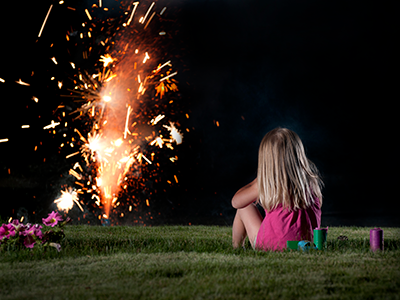 https://riseandshine.childrensnational.org/wp-content/uploads/2019/06/Girl-watching-fireworks-feature.png
300
400
Rise and Shine
https://riseandshine.childrensnational.org/wp-content/uploads/2017/11/childrens_riseandshine_logo.jpg
Rise and Shine2025-06-24 16:21:072025-06-30 16:05:30Firework safety for children: A pediatrician’s guide to keeping summer celebrations safe
https://riseandshine.childrensnational.org/wp-content/uploads/2019/06/Girl-watching-fireworks-feature.png
300
400
Rise and Shine
https://riseandshine.childrensnational.org/wp-content/uploads/2017/11/childrens_riseandshine_logo.jpg
Rise and Shine2025-06-24 16:21:072025-06-30 16:05:30Firework safety for children: A pediatrician’s guide to keeping summer celebrations safe



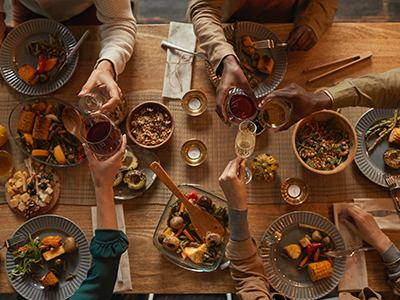
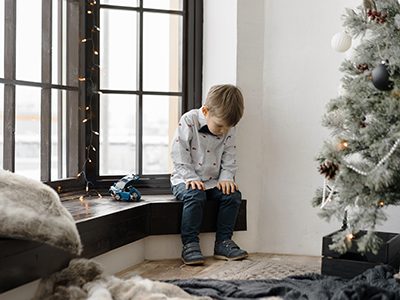
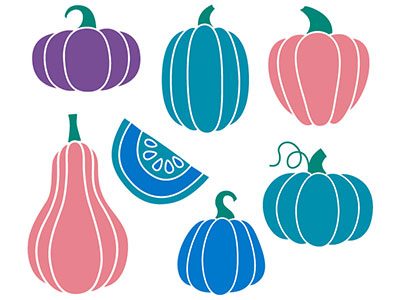
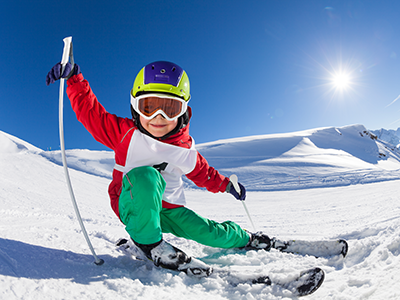
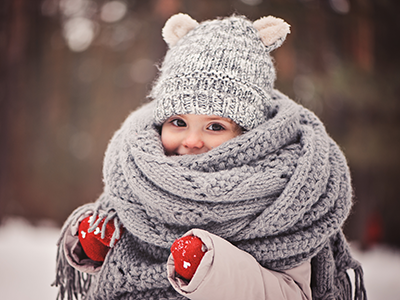
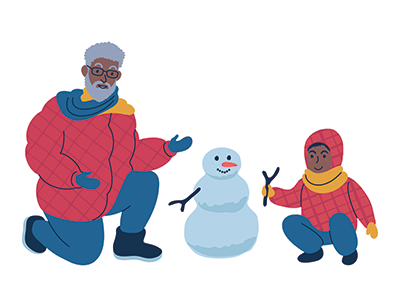
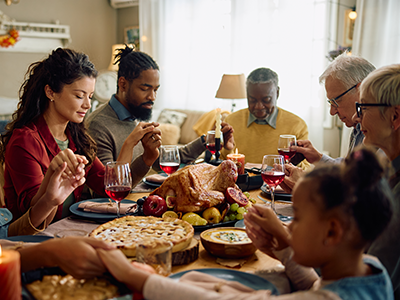
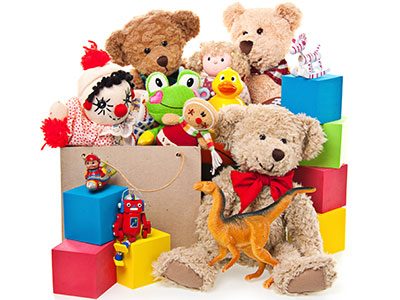
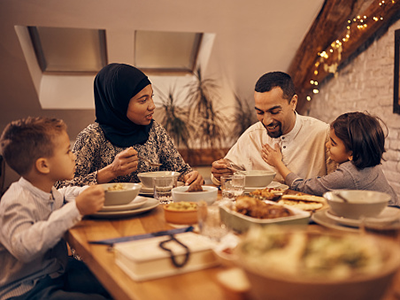
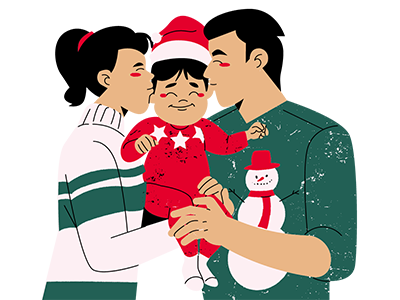
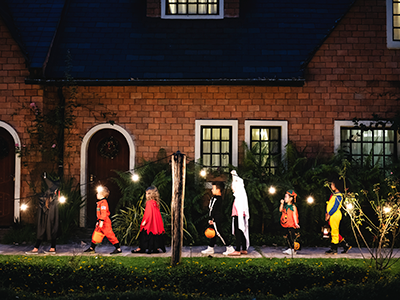
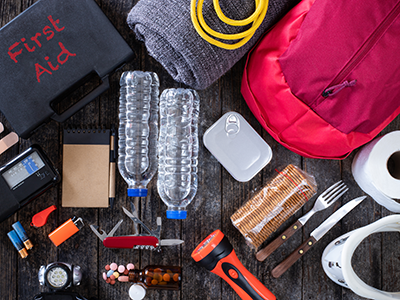
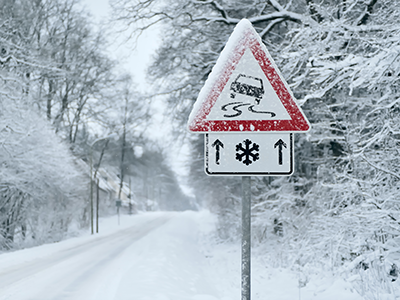
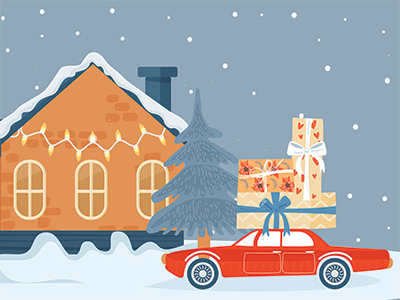
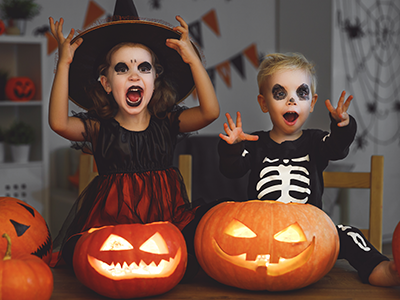
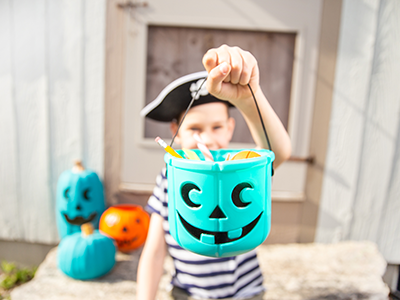
Leave a Comment
Want to join the discussion?Feel free to contribute!